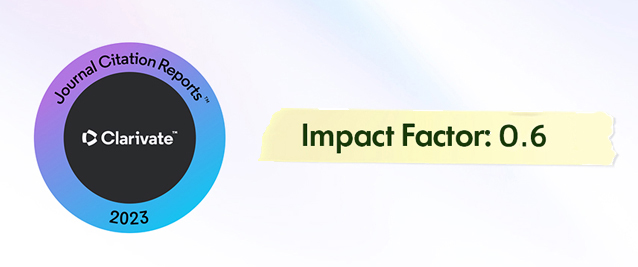Abstract
Perchlorate could easily reach to underground water since it has low adsorption properties. In natural ways, it forms in the reaction of chlorine with ozone gases and accumulates in the several regions (i.e. Atacama /Chile) in the ground. Perchlorate also presents in playa crust, hanksite, sylvinite and potash ore. One of the most common methods for perchlorate removal is the reduction of perchlorate to harmless CI- ions in the presence of an electron donor. Several organic and inorganic electron donors are being used for this purpose. Although inorganic electron sources, has some drawbacks such as slow kinetics (Fe0), explosive nature (H2) and releasing of other contaminants (S0), they does not contaminates water with organic residuals therefore has been preferred in recent years. In this study, common inorganic electron sources were investigated and their performances were compared.















